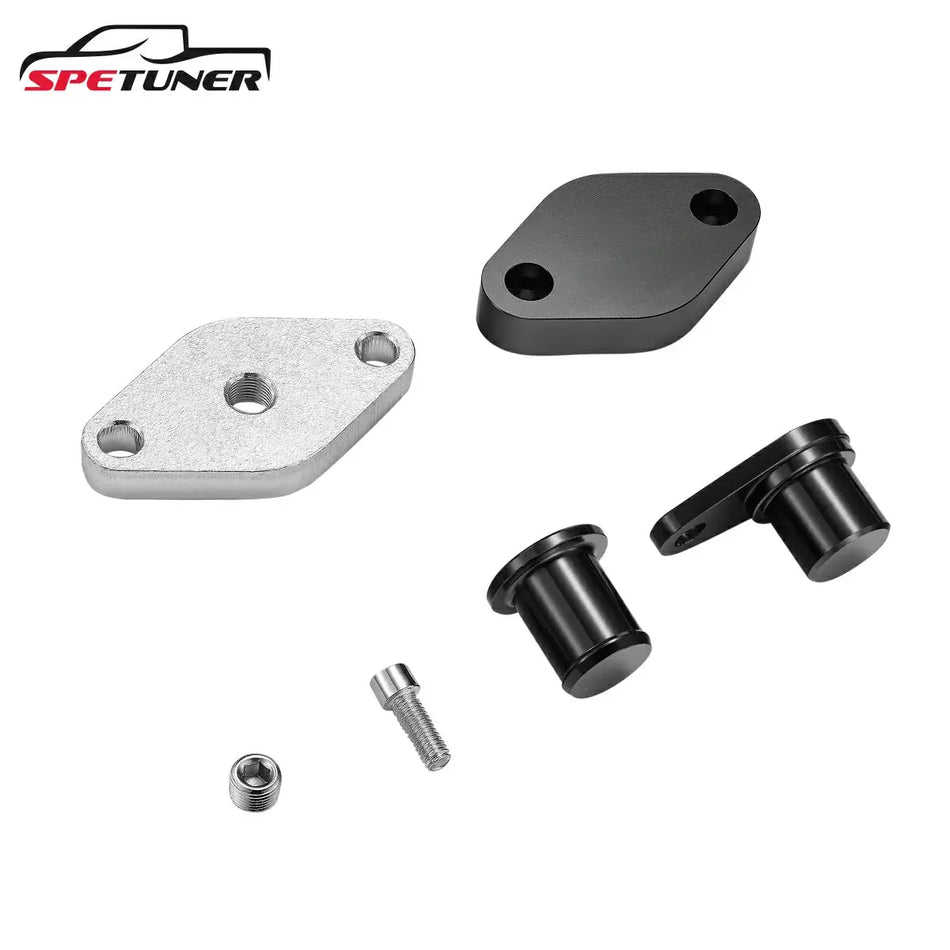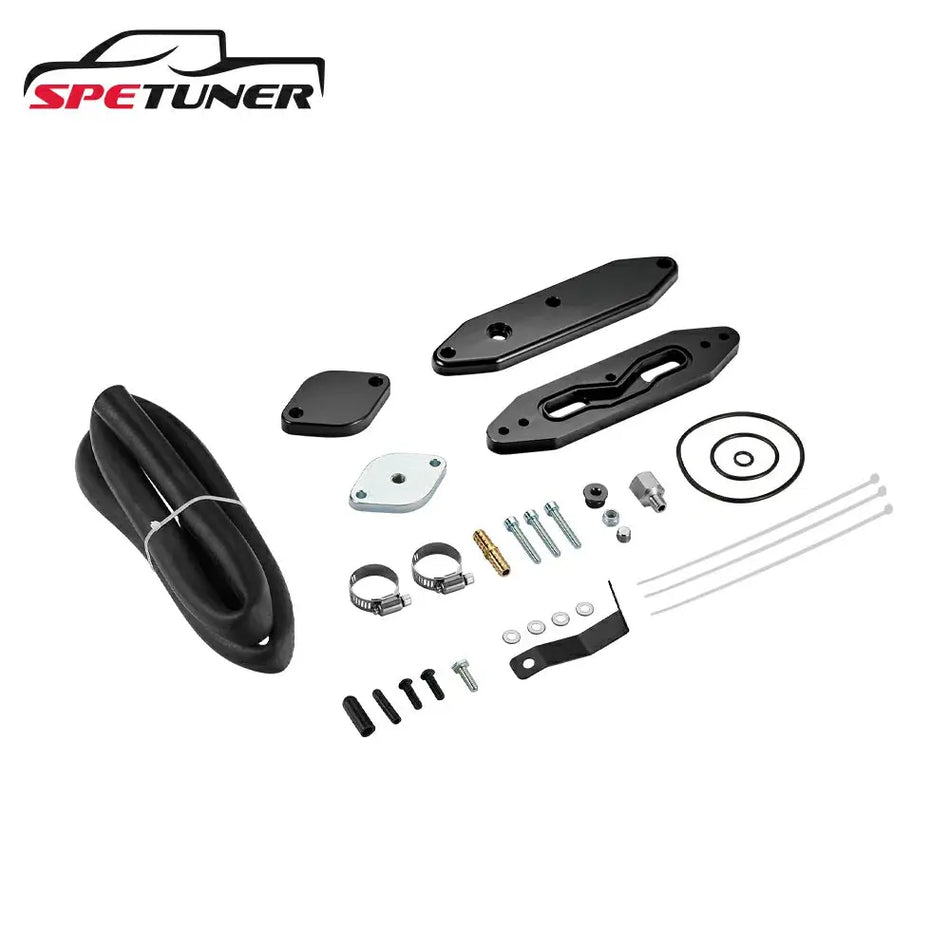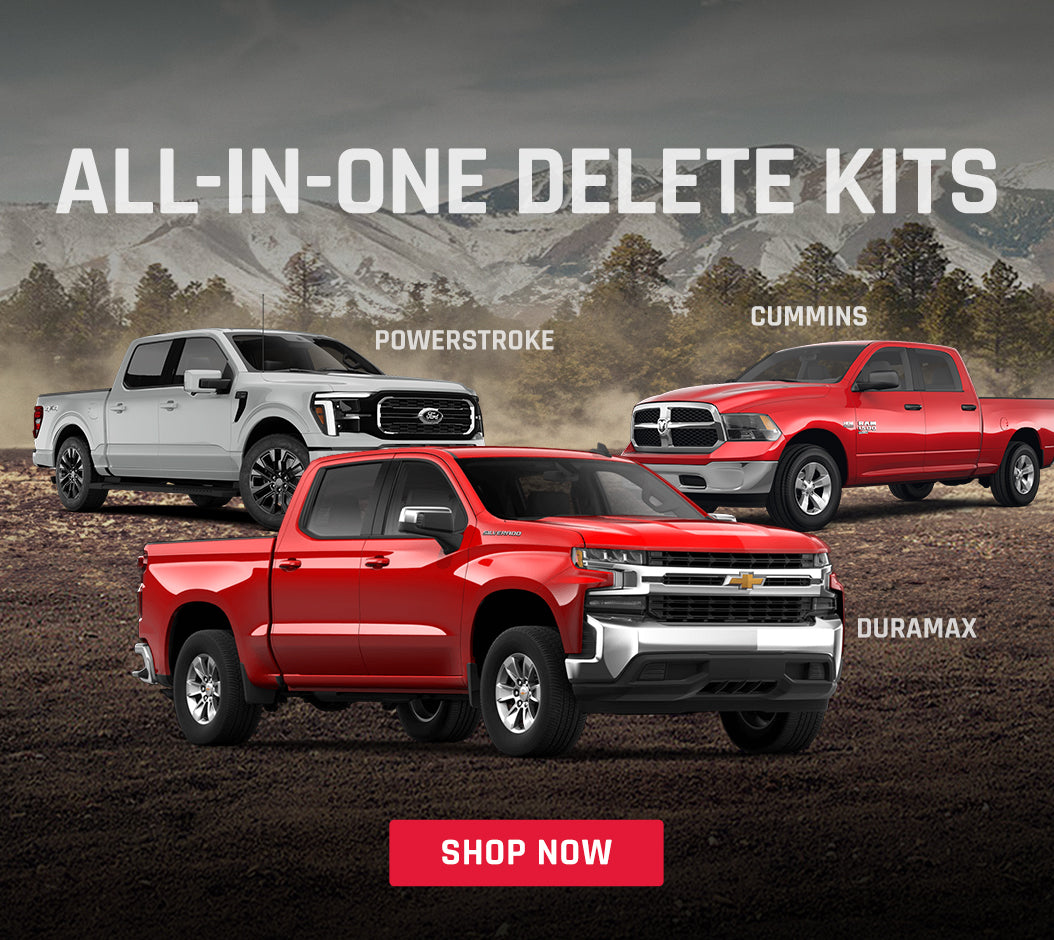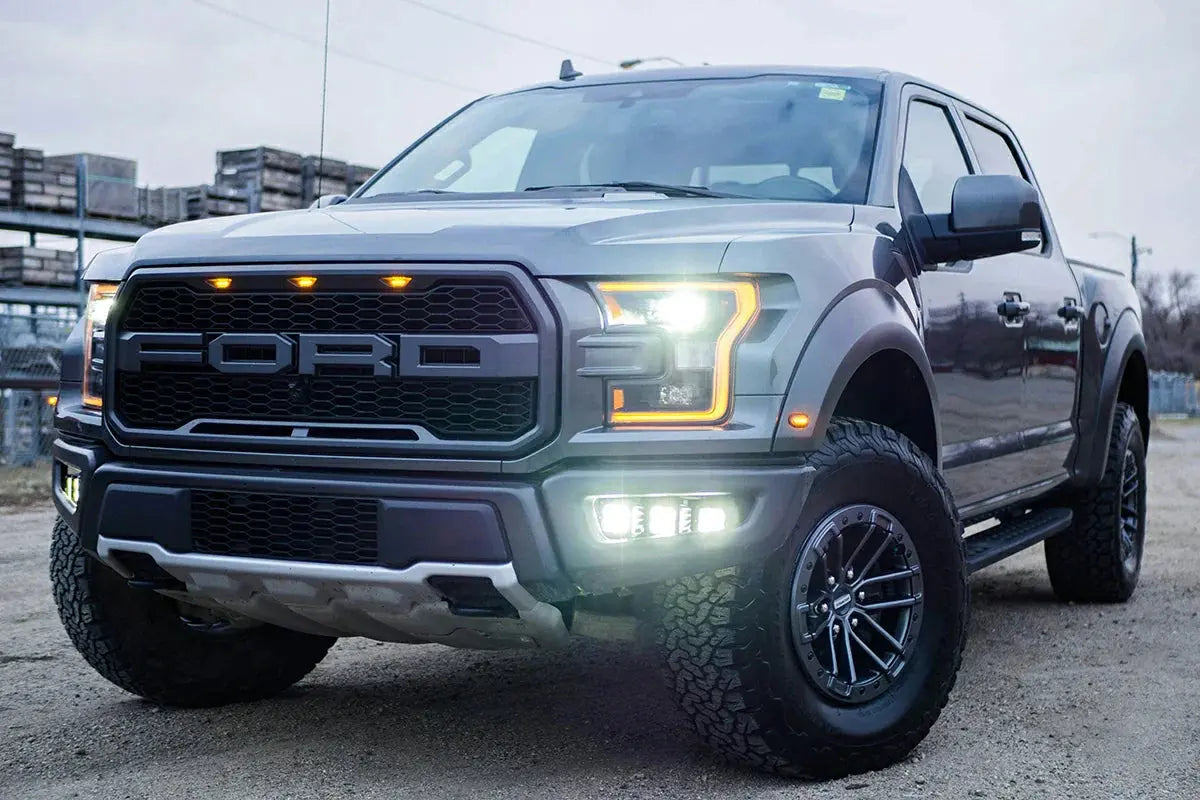Author: Lars - Diesel Performance Expert at SPETUNER
I’m Lars from SPETUNER. We build and tune diesel trucks every day. This guide explains what DPF/EGR do, whether deletes increase power, what gains are typical by platform, how much an off-road-only setup can cost, the risks, and legal alternatives that still deliver real performance.
Legal notice: Removing, disabling, or tampering with emissions equipment is illegal for on-road vehicles in the US and Canada. Information below is for off-road/competition use only where permitted. Always check your local and federal regulations.
At-a-Glance Takeaways
- Deletes can free up ~30–70 HP and ~100–180 lb-ft with proper off-road tuning. Results vary by platform, tune, fuel quality, load, altitude, and supporting mods.
- Expect better throttle response and lower exhaust backpressure; MPG can improve ~5–15% in off-road use.
- Downsides: legal risk (on-road), warranty concerns, higher EGT risk if tuning/monitoring is inadequate.
- For street-legal trucks, consider emissions-intact tuning, high-flow intake/intercooler, and compliant exhaust.
What Are DPF and EGR Systems & Why Do They Limit Performance?
DPF (Diesel Particulate Filter) — The DPF captures soot and fine particles to reduce emissions but creates significant backpressure, limiting engine output and throttle response.
EGR (Exhaust Gas Recirculation) — The EGR system recirculates exhaust into the intake, causing carbon buildup, reduced airflow, higher temps, and clogged intakes. Many off-road drivers use EGR delete kits to restore performance.

How Much Horsepower Can You Gain From DPF and EGR Deletes?
Power Gains: Proper off-road ECU tuning after DPF/EGR removal commonly adds 30–50 HP and major torque improvements, especially under load.
Example: A tuned 6.7L Cummins with deletes and 4" exhaust can jump from 370 HP to 420+ HP, with torque gains of 100+ lb-ft.
Fuel Efficiency: Many see a 5–15% MPG improvement due to reduced backpressure and cooler engine operation.

Real-World HP/TQ: Typical Ranges by Platform (off-road/competition only)
Conservative ranges from well-maintained trucks with quality tuning.
| Platform (Years) | Baseline HP | HP After Delete + Tune | HP Gain | Typical TQ Gain |
|---|---|---|---|---|
| 6.7L Power Stroke (2011–2019) | 390–400 | 440–470 | +40–70 | +90–140 lb-ft |
| 6.7L Cummins (2007.5–2018) | 350–370 | 400–450 | +30–60 | +100–150 lb-ft |
| 6.6L Duramax L5P (2017–2024) | 445 | 490–525 | +45–80 | +120–180 lb-ft |
Setup note: Larger 4–5" exhaust, proper fueling/boost tuning, and EGT/boost monitoring are key to hitting these numbers.

Off-Road Cost Breakdown (Typical Ranges)
Actual pricing varies by parts brand, tune complexity, and labor rates.
-
Off‑road‑use hardware (DPF/EGR/DEF components replaced/blocked): $1,800–$3,800
-
Custom ECU/TCM tuning (off‑road calibration): $500–$1,200
-
Turbo‑back exhaust (4–5"): $700–$1,500
-
Labor (installation & setup): $600–$1,500
-
Estimated total (off‑road builds): $3,600–$8,000
Budget tip: Never cheap out on tuning or gauges—these protect your engine.
Are DPF and EGR Deletes Legal in the US and Canada?
They are illegal for on-road vehicles. Your truck may fail emissions tests and registration.
Some regions allow deletes for strict off-road/agriculture/competition use. Always check local rules.
Environmental Impact
DPF/EGR systems significantly reduce pollutants. Removing them increases emissions and environmental impact.
On-Road vs Off-Road: Is a Delete Kit Right for You?
Ask yourself:
- Do you tow or haul off-road?
- Is your truck registered for off-road/ag use?
- Can you accept losing your warranty?
✅ Delete kits make sense if you want max performance and aren’t bound by emissions laws.
❌ Avoid deletes if you need to pass emissions tests, retain resale value, or drive in regulated areas.
👉 Instead, explore legal performance mods—like ECU tuning, cold air intake, and high-flow intercoolers—for reliable gains.
Will Deletes Improve Engine Longevity and Reliability?
Benefits:
- Less backpressure = reduced turbo strain
- No EGR = cleaner intake
- Lower exhaust temps = better thermal control
Risks:
- Bad tuning = high EGT and turbo risk
- Possible gasket/turbo failures
- Warranty voided
Key Tip: Always pair your delete kit with professional-grade ECU tuning to protect engine health.
 Legal and Reliable Alternatives to DPF & EGR Deletes
Legal and Reliable Alternatives to DPF & EGR Deletes
ECU Tuning: Improves power and MPG while keeping emissions systems intact.
Performance Parts: High-flow intakes, intercoolers, and exhausts offer legal performance gains.
Explore our Performance Upgrade Kits to find bolt-on power for your diesel truck.

Conclusion
DPF and EGR deletes can unlock significant power and improve reliability, but they come with legal and environmental trade-offs. For off-road use, a properly tuned delete setup offers real performance gains. For street-driven trucks, we recommend ECU tuning and bolt-on upgrades as smarter, compliant alternatives.
Ready to upgrade? Contact SPETUNER or browse our diesel delete kits, ECM tuners, and performance parts.
FAQs
Q1: How much horsepower does a DPF and EGR delete add?
A: On off‑road builds with proper tuning, plan on roughly +30–70 HP and +100–180 lb‑ft, depending on platform and supporting mods.
Q2: Will it improve fuel efficiency?
A: Often ~5–15% in off‑road use thanks to reduced backpressure and optimized calibration. Driving style, terrain, and load still dominate.
Q3: Are DPF and EGR deletes legal?
A: Not for public roads in the US/Canada. Some competition/off‑road contexts allow it. Check federal, state/provincial, and local regulations before modifying.
Q4: Will it void my warranty?
A: Yes—emissions deletes typically lead to warranty denial. If warranty matters, stick to emissions‑intact upgrades.
Q5: What are safer alternatives?
A: Emissions‑intact ECU tuning, high‑flow intake, efficient intercooler/charge‑pipes, and compliant exhaust.
Q6: Is the EGR delete kit worth it for off‑road use?
A: Yes, If legal in your use case and tuned/monitored correctly, it can deliver major gains in drivability and pulling power.
Q7: Will a DPF and EGR delete void my warranty?
A: Yes—same as Q4. Manufacturers generally deny coverage after emissions tampering.
Q8: What risks come with DPF and EGR deletes?
A: Poor calibration can drive EGTs too high, stress the turbo, and harm reliability. There are also legal/inspection risks for on‑road vehicles.
Q9: Are there alternatives to DPF and EGR deletes?
A: Yes—see Q5. These keep emissions equipment intact while improving response and efficiency.
Q10: Is a diesel delete kit worth it for off‑road enthusiasts?
A: For competition/off‑road trucks, a properly tuned setup can be transformative, provided it’s legal in your region.
Q11: Will DPF and EGR deletes affect turbo life?
A: With bad tuning: yes, due to high EGT/drive pressure. With careful tuning and monitoring, reduced backpressure can lower turbo stress.
Q12: Can I pass inspection after a delete with tuning?
A: No. Missing emissions components typically cause inspection failure even with custom calibration.
Q13: What’s the best delete kit combo for horsepower?
A: Off‑road only: DPF + EGR + DEF removal paired with custom ECU/TCM tuning and a 4–5″ exhaust—plus EGT monitoring. Not legal for street use.
Q14: What does a DEF/DPF/EGR full delete cost?
A: As part of a full off‑road package (hardware + tuning + exhaust + labor), the typical cost of full diesel delete budget range is ~$3.6k–$8k, depending on platform and parts.










